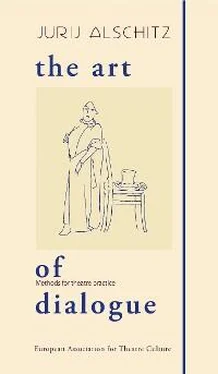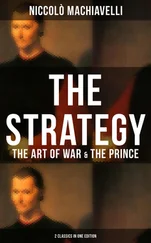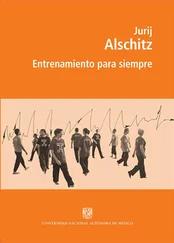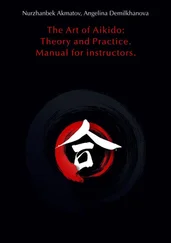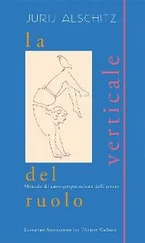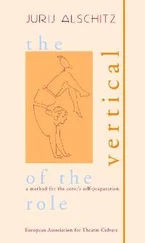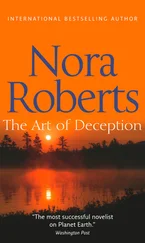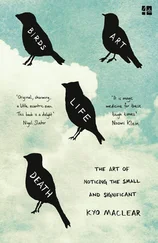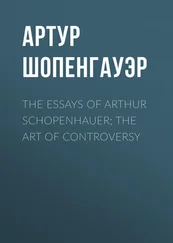I will try not only to convince you how contemporary his understanding of dialogue is, with brief examples and conclusions, but also to direct your attention to its main laws. First of all, look at how beautifully and how simply Plato and his pupils define the essence of dialogue. For them, Dialogue is the cosmos. Not “you said – I said’, but the cosmos. It’s not shallow, not a line, but an infinity – just as in dialogue the speech of different individuals is heard in conformity with what befits each person, there are also higher and lower natures in the cosmos… and the soul, being in the cosmos, joins first to one, then to another. (…) In dialogue, too, there are characters, asking and answering, and our soul being a judge between them, as it were, leaning towards first one, then the other. 2In this way, the authors of antiquity used dialogue to juxtapose different ideas, and the listener joins first to one and then to the other, until he arrived at certain knowledge. Thus, asking questions and answering their own questions, participants of a dialogue would force the spectator to think and ask the questions of himself. They could lead the listener to agree with their own conclusions in the very same way that the dialectics, according to Plato’s teachings, forces the soul to reveal what is hidden inside itself. I want to turn your attention to the way that in all of Plato’s dialogues, the truth does not strive to be taught or captured. It is born. And it does not strive to be asserted for a century. There is no room for dogmatism in Plato’s field of dialogue. Each time, truth should be born anew, in a new dialogue, each time with a new partner. Thanks to the absence of dogmatism in their thoughts, both partners always have an equal share of hope that they are participating in its birth. From the very beginning of the dialogue, the opinion of the other is permitted, and nobody stubbornly insists on their own opinion. The position is this: “I am ready to change my point of view if I see a journey to peaceful coexistence, to agreement and through that – to a joint revelation.” In Plato’s dialogues, both participants, always joyfully search for “a territory of agreement”. Look for this “territory of agreement” in each dialogue that you are working on or will work on. I am certain you will manage to find one. Even if they are tiny, or they live momentarily, they must necessarily be there: in a word, glance or staging. From this moment of agreement, you can build a whole dialogue. Of course, if you understand dialogue as a battle, then the rules of war will be at work – there are no equals on the battle field. But if dialogue means agreement to you, then we need to use another rule – on the peace field, all are equal.
In 1933, two weeks before the Nazis brutally seized power, an event occurred which revealed the extreme heights and measure of a true Dialogue of agreement: on the 14th of January, the Jewish theologian and philosopher, Martin Buber, and protestant theologian Karl Ludwig Schmidt met in Stuttgart and, in the process of dialogue, declared their contempt for antisemitism as well as their belief in the spiritual kinship of Christianity and Judaism. 3But before beginning their dialogue, they found a general field for it. “The great divine gates are wide open for all religions” – this was the territory of their agreement. The territory of agreement, where you can speak the differences and incompatibilities of your views, does not in any way mean refuting your own religious, artistic, or even just human, preferences. It’s a territory of peace with no room for enmity.
It is always present in Plato. His work has everything: ingenious moves, suspense, traps which attract and demoralise his “rival”, tricks of meanings, knocking him to the side. In his dialogues, he can bring his adversary to mental paralysis or lay him out cold, as the saying goes, but then hold out his hand to him and help him back up onto his feet. And that’s wonderful. You will see how this is reflected in some of the exercises I have suggested in the training section, such as “Balance”, in which you need to disrupt your partner’s balance, but at the same time look after him, not letting him fall, and at the critical moment, offering him an assisting hand. Pay attention to the way not one of the protagonists in Plato, however savagely they are leading, never has the desire to finish off, dismiss or destroy his partner. Even the idea of that cannot arise, let alone become an aim. This is very important for a general understanding of Dialogue.
Unfortunately, throughout our history, we have learnt to see what separates us more clearly than what unites us. And the fruits of this “science” are clearly felt in the work of directors and in the game of the majority of actors. I think that this is the destructive path of dialogue. We need to escape constant aggression, irreconcilability, scandalous expansionism, on stage. There’s little you can achieve like that. We should free ourselves from that, on stage. Dialogue is never a mortal fight. Look again at how benevolent the characters of Plato’s dialogue are, in their very essence. So much humour, irony and elegance. Does that hinder a serious relationship with the dialogue’s theme or a sincere striving to reveal the new? Of course, in dialogue there is an element of competition, of game, and that’s wonderful. The process of playing can be more important, in them, than the result, and at times the game itself is their result. Well, the opponents haven’t revealed anything specially new but we have played joyfully, beautifully. And both players are pleased. At times, dialogue is needed for the sake of dialogue. Dialogue, in order not to stop. Dialogue – as the only way for all of us to live together, peacefully and happily. From the very beginning, when the art of dialogue was conceived, it was seen as an instrument for unification, for revelation, and not for the destruction of the adversary and his ideas. Of course, the form of dialogue can be very much like battle. It is fine to make a revelation into a thorny discussion, at the edge of the possible, powered by explosions of energy. As the Russian expression goes, only a heated debate can give birth to the burning truth. But even that is not the general rule. The famous Socrates, the main participant of nearly all of Plato’s dialogues, was not even remotely a hero, like Odysseus, or a warrior, like Achilles. He’s more like a benevolent and sociable joker, not at all an aggressive person. He discovered that the world around us is perceived so differently by each and every individual. And that made him happy.
The differences are important. They are important for energy – which is one of the most important concepts in the life of a dialogue. It is these juxtapositions of differences which give rise to, nurture and develop the energy of a dialogue. But the energy of differences is only part of its overall energy. First, we need to open the energy of the source, the energy of motivation of the dialogue. Think about this: why does Socrates, in Plato’s dialogues, start up a dialogue in the streets, in the squares, by looking for passers-by on the roads? What does he need? Where is the energy of his original interest? (Let me point out immediately: All of these questions are built on a psychological premise and are not quite right for an analysis of the work of Plato. His psychological movements are not so important as the movement of thought itself. Nevertheless I am ready to make this mistake for the sake of gaining an understanding of the basis of the laws of dialogue.) Notice how Socrates enters a dialogue with people not to convince them of something but in order to find out who they are and for something else as well. Socrates enters a dialogue, based on the fact that he knows only one thing – that he doesn’t know anything. The energy for the beginning of a dialogue is concealed in this already famous position of Socrates. It is the energy of taking “being unprepared” as one’s own position.
Читать дальше
